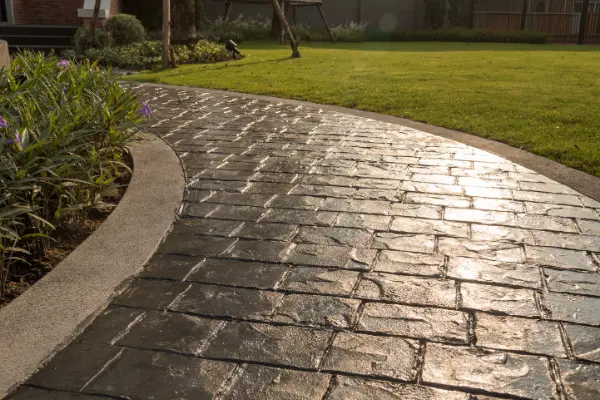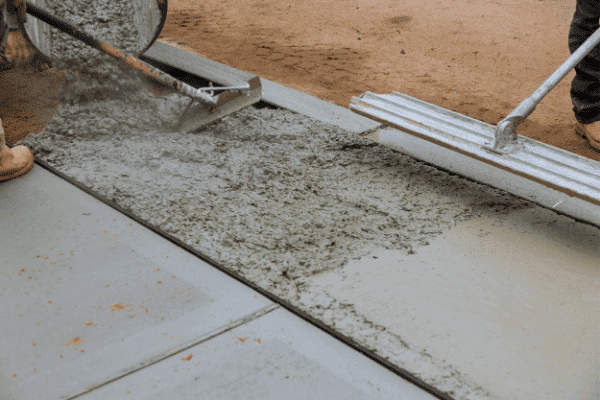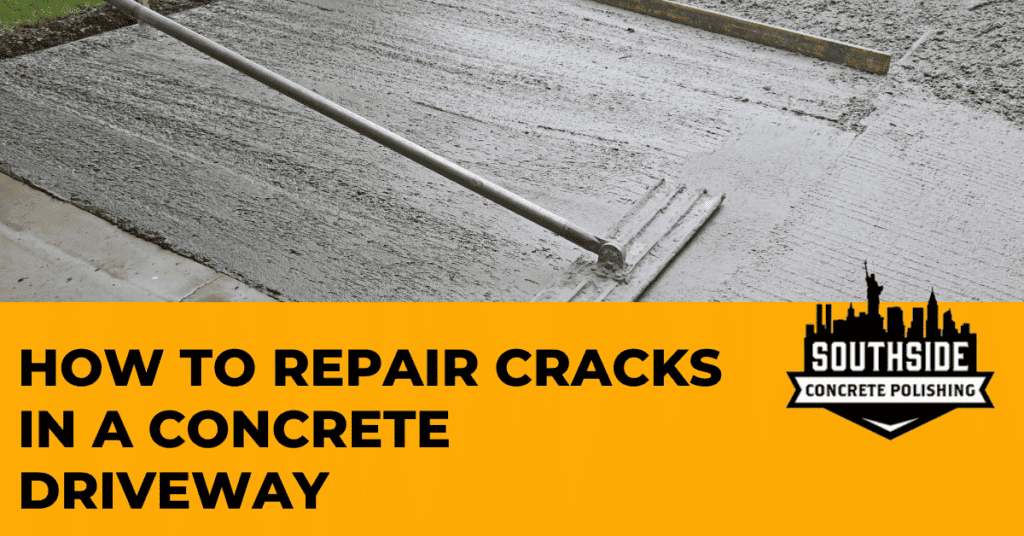Though concrete slabs last for several centuries, they still develop cracks, holes, gaps, and crevices with time. This happens because of changes in weather conditions, heavy use of the concrete surface, and underground geographic incidents. When you notice these damages on your concrete, you need to take action and repair them as soon as possible. If you don’t, what might seem like a small problem today, could grow into a huge issue that compromises the integrity of the entire property tomorrow. The longer it stays unresolved, the more likely it will become difficult to repair and more costly as well.
If the cracks are wide, the best way to patch them is using a patching compound mixed with water. You’ll need to use a trowel to get your concrete patching compound into every gap available. The smaller cracks, less than a quarter an inch wide can be repaired using a liquid filler or concrete caulk. While it looks easy to do the repairs on your own, it’s better to involve professionals to identify what the underlying problem might be.
What You Need For Sealing Cracks in Concrete
- Concrete repair compound for bigger cracks
- A liquid filler or concrete caulk for smaller cracks
- Anti-slip additive
- A harmer
- A Chisel
- A mason’s trowel
- A Putty knife
- A pressure washer
- A Wire brush
- Protective gear including goggles and nose mask
Select the Concrete Sealing Product
The first step to sealing cracks in choosing the right product. You can only choose a product after diagnosing your damage and understanding its depth. As mentioned earlier, concrete professionals are better placed to diagnose your concrete problems and their causes and recommend the best solutions. Once you are aware of your concrete problem, you can now select the right compound. The list of the possible products is long.
You can choose from epoxy compounds, mortar mixes, or latex patching materials. You can order any of these from online stores. Mortar mixes are in the same class as the concrete repair compound which works great for larger cracks. The rest of the sealants are a perfect choice for narrower cracks.
You want to be properly dressed by now. Put on your goggles and a mask because this process is dusty. If you are working on a high surface, dust might fall on the floor surface so set up a tarp to trap the dirt. For the best outcome when repairing concrete, you should thoroughly prep the cracked area. Get your hammer and a chisel. Knock off any loose concrete material available in the damaged area. If it’s a large crack, undercut the crack to create a V shape facing downward. That way when you pour your concrete sealing material, it locks in the floor for better bonding. Afterward, use the wire brush to scrub through the crack and dislodge any particles that might be remaining.
Remove all the dust using a vacuum or a pressure washer if necessary. Be careful to remove all the dust and dirt within the crack. Then dry it; even if the surface remains wet, ensure there’s no pool of water in the section.
How you mix your patching compound will depend on which one you are using. Fortunately, each product comes with guidelines by the manufacturer on how to go about the mixing process. Each patching compound has its own mixing ratios because the components in the products vary. So, go with the specifications present on the packaging.
With your crack properly prepped and your patching compound ready, you can now start sealing the cracks. Scope your trowel into the compound and feed it into the crack until it fills up. You want to stab the compound as you push it into the crack to get rid of air pockets. Fill the target area up and smooth it to level the surroundings with the trowel.
To texture the patch, use a paintbrush to brush the surfaces of the filing. Then let your patch be so it can cure according to the instructions on the package.
Your patch will likely have a contrasting color to the rest of the surface. You therefore might want to stain it if the rest of the floor is stained or apply a colored sealant. You should also apply a sealant on the surface to protect your floor from chipping. If you had not sealed the entire concrete surface, this could be a great opportunity to apply a sealer to the entire floor surface.

Step 4: Apply Two Layers of Concrete Sealer
For Narrow Concrete Cracks…
Clean as described in the methods above, collect the dirt, wash them, then dry. Use a filler which you can apply with a caulking gun. Some of the products come in bottle containers with a tip through which the filler can flow. Once you have your crack filler in the crack, use a trowel to pat the patch and level it with the rest of the concrete surface.
In cases where the narrow crack rips through the entire concrete thickness, you don’t want to cover it with the filler. Instead, insert a backer rod that is slightly larger in the crack and try opening it up. Then fill it up as you firmly press the material so it gets to the depths of your concrete. Let your patch cure then color it to match the rest of the floor (could be through staining or painting). Finally, seal it and enjoy your surfaces.
Cracks, just like any other concrete floor deformities can be repaired. Diagnosing the problem comes first, and is the most critical part of the process. With this, you know how deep the crack has gone and what the best methods to repair the issue. Your repair work is far better handled by a concrete expert. At Southside Concrete Polishing, we do concrete repair jobs and deliver quality all the time. Contact us for consultation and free quotation for your concrete repair needs.
Share This Post




